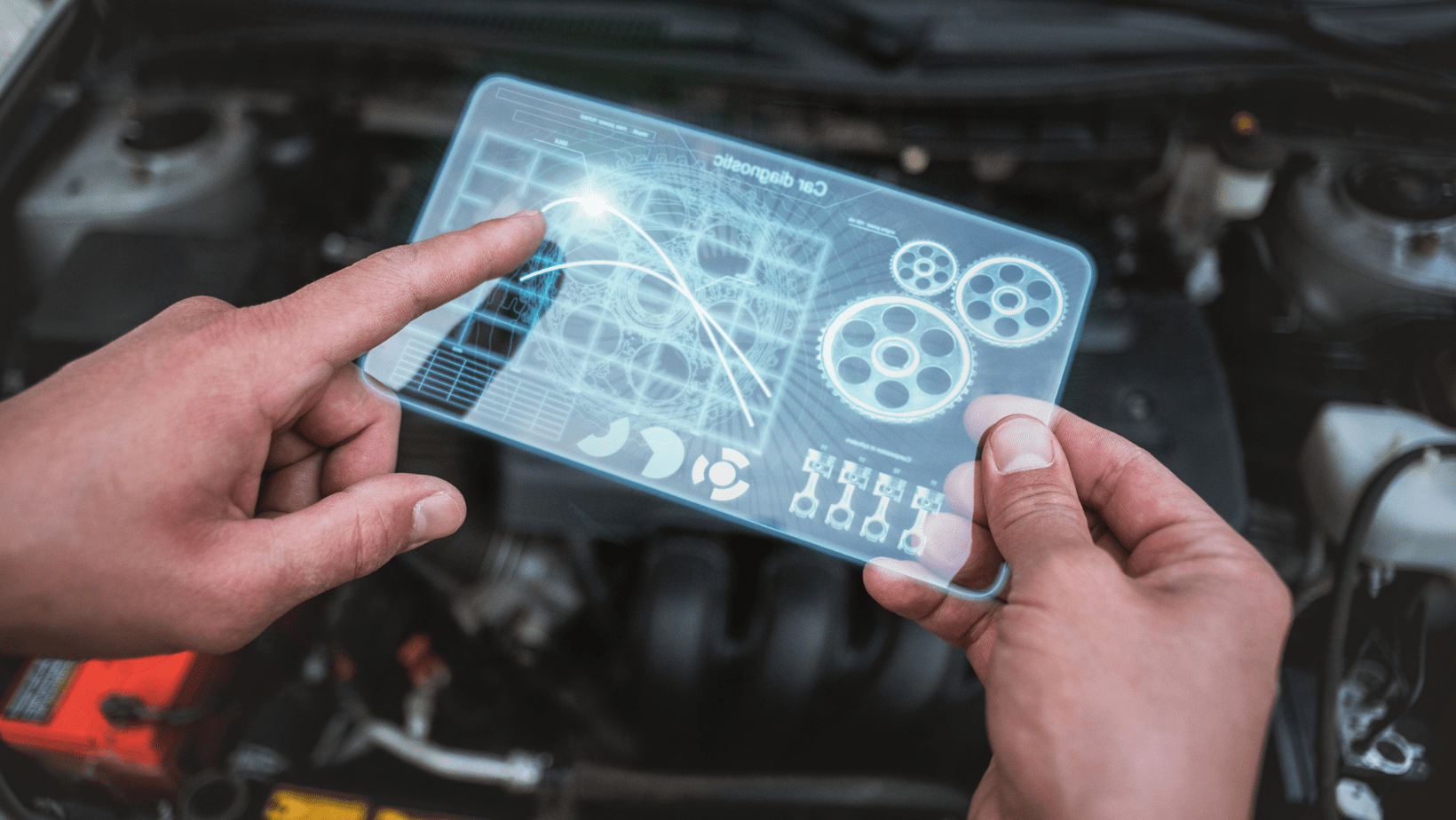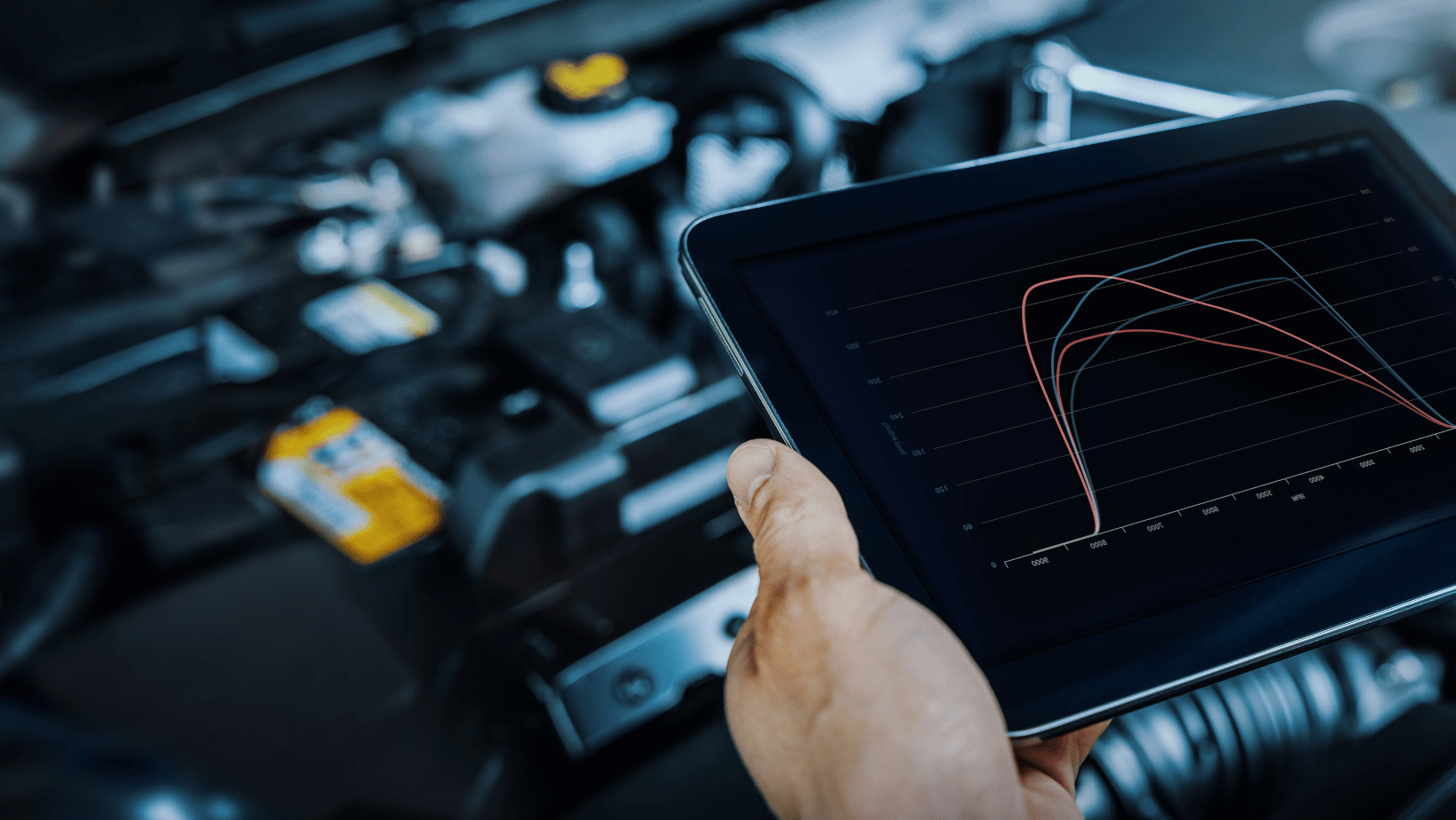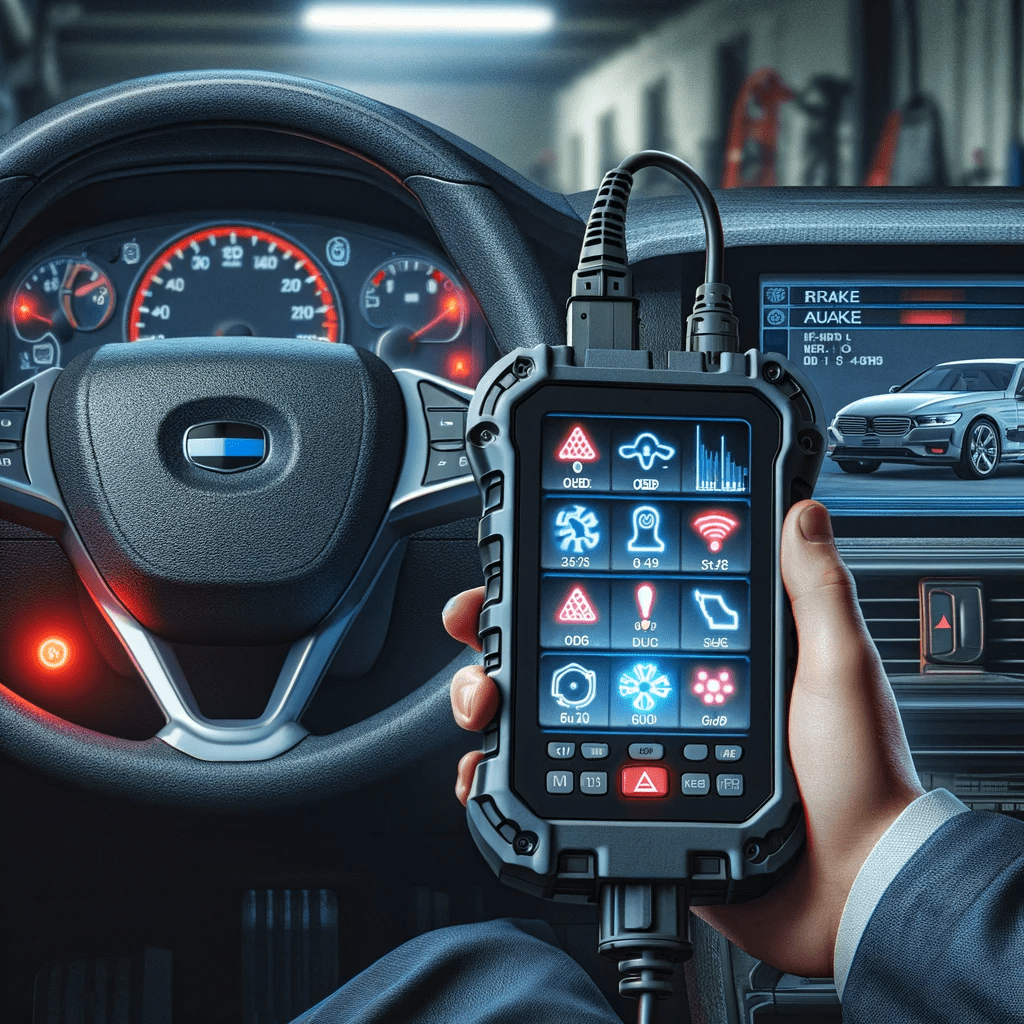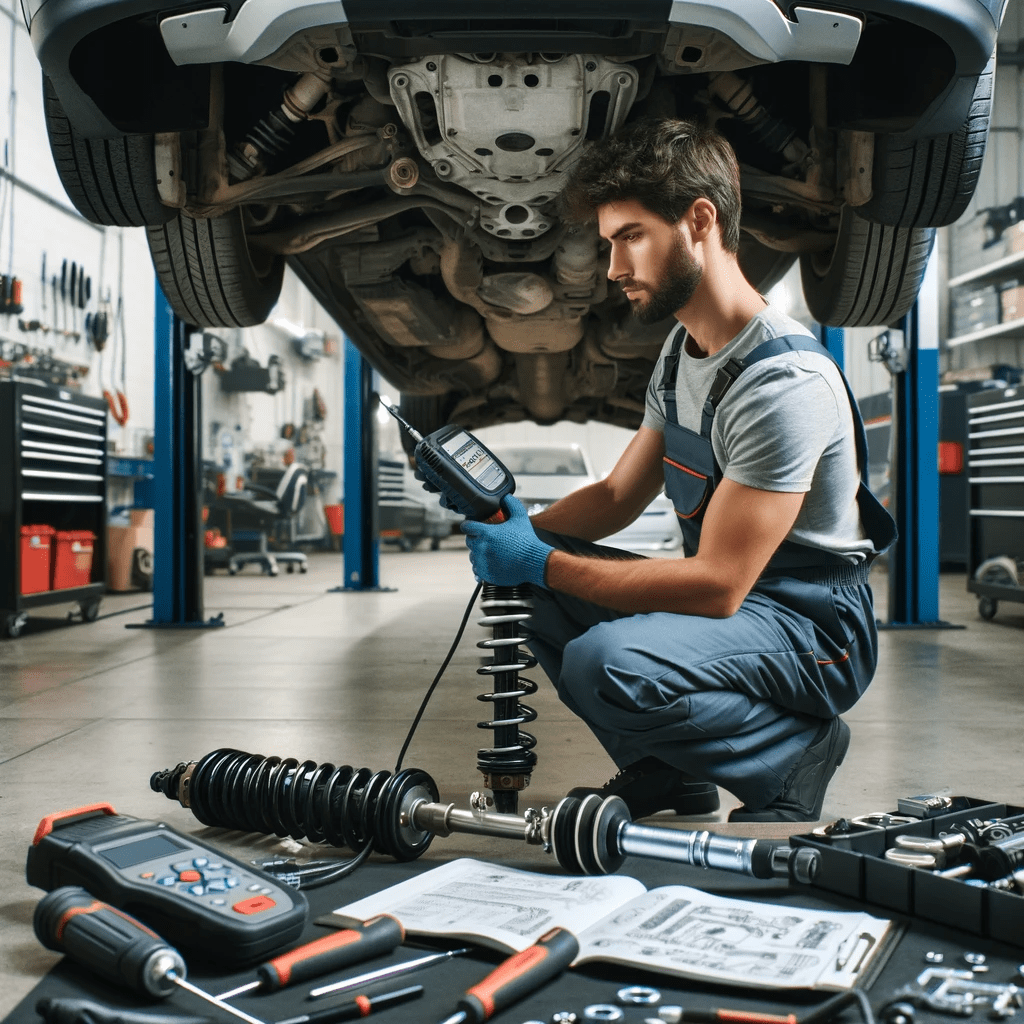When it comes to maintaining your vehicle’s performance, understanding the ins and outs of cooling system diagnostics is crucial. This system plays a pivotal role in preventing engine overheating, ensuring smooth operations. We’ll delve into effective diagnostic strategies, common issues, and solutions, making this a go-to guide for every car enthusiast.

Key Takeaways
- Importance of Cooling System: Essential for preventing engine overheating.
- Common Problems: Leaks, thermostat failures, and radiator issues.
- Diagnostic Tools: Use of OBD-II scanners and specific cooling system testers.
- Professional Insights: Tips for accurate diagnostics and maintenance.
- Preventative Measures: Regular checks to avoid major breakdowns.
Understanding the Cooling System
The cooling system’s primary function is to maintain the engine’s temperature within optimal limits. Key components include the radiator, thermostat, water pump, and cooling fans. Any malfunction in these parts can lead to significant engine damage.
Common Cooling System Issues:
- Leaks: These can occur in hoses, the radiator, or the water pump.
- Thermostat Failure: A faulty thermostat can cause overheating or underheating.
- Radiator Problems: Blockages or damage can impede cooling efficiency.
Diagnostic Tools and Techniques
To accurately diagnose cooling system issues, certain tools and techniques are indispensable.
Tools for Effective Diagnosis:
- OBD-II Scanner: Essential for reading engine codes and identifying underlying issues. Learn about Mastering Vehicle Diagnostics with OBD-II.
- Cooling System Pressure Tester: Helps in identifying leaks and pressure issues.
- Infrared Thermometer: Useful for pinpointing hot spots and blockages.
Steps for Cooling System Diagnostics:
- Visual Inspection: Check for leaks, damaged hoses, or radiator issues.
- Check Coolant Levels and Quality: Low or dirty coolant can indicate problems.
- Thermostat Testing: Ensure it opens and closes at the correct temperatures.
- Pressure Testing: Identifies leaks and checks the radiator cap.
Troubleshooting Tips

When diagnosing cooling system issues, consider these tips for a comprehensive approach.
- Check for External Leaks: Look around the engine and under the vehicle.
- Listen for Unusual Noises: These can indicate a failing water pump.
- Monitor Temperature Gauges: Fluctuations could signify thermostat issues.
Preventative Maintenance
Regular maintenance can prevent major issues and prolong the life of your vehicle’s cooling system.
Maintenance Checklist:
- Regular Coolant Changes: Prevents corrosion and buildup.
- Hose Inspections: Check for wear and replace as necessary.
- Radiator Cleaning: Removes debris and ensures efficient cooling.
Cooling system diagnostics:
| Aspect | Details | Tools/Techniques | Internal Links |
|---|---|---|---|
| Function of Cooling System | Maintains optimal engine temperature, preventing overheating. | – Visual Inspection | – |
| Common Issues | 1. Leaks 2. Thermostat Failures 3. Radiator Blockages | – Pressure Testing- Thermostat Testing | – Diagnosing Engine Misfires |
| Leaks | Occur in hoses, radiator, water pump. Check for wet spots, drips. | – Cooling System Pressure Tester | – Electrical System Troubleshooting |
| Thermostat | Ensures engine heats up quickly and maintains a constant temperature. Check for opening/closing. | – Infrared Thermometer | – Mastering Brake System Diagnostics |
| Radiator Issues | Blockages or damage affecting cooling efficiency. | – Radiator Inspection and Cleaning | – Advanced Sensor Testing |
| Tools for Diagnosis | Essential for pinpointing issues accurately. | – OBD-II Scanner- Infrared Thermometer | – OBD-II Scanner Usage |
| Preventative Measures | Regular checks to avoid major breakdowns. | – Regular Coolant Changes- Hose Inspections | – Transmission Diagnostic Tools |
| Professional Services | For complex issues or regular maintenance. | – Professional Diagnostic Services | – Basics of Car Diagnostics |
| DIY Tips | For enthusiasts looking to handle minor diagnostics and repairs. | – Basic Tool Kit- User Manuals | – Modification and Electronic Box |
Conclusion
Proper diagnostics and maintenance of the cooling system are key to ensuring your vehicle’s longevity and performance. By understanding common issues, utilizing the right tools, and following preventative measures, you can keep your car running smoothly and avoid costly repairs.





